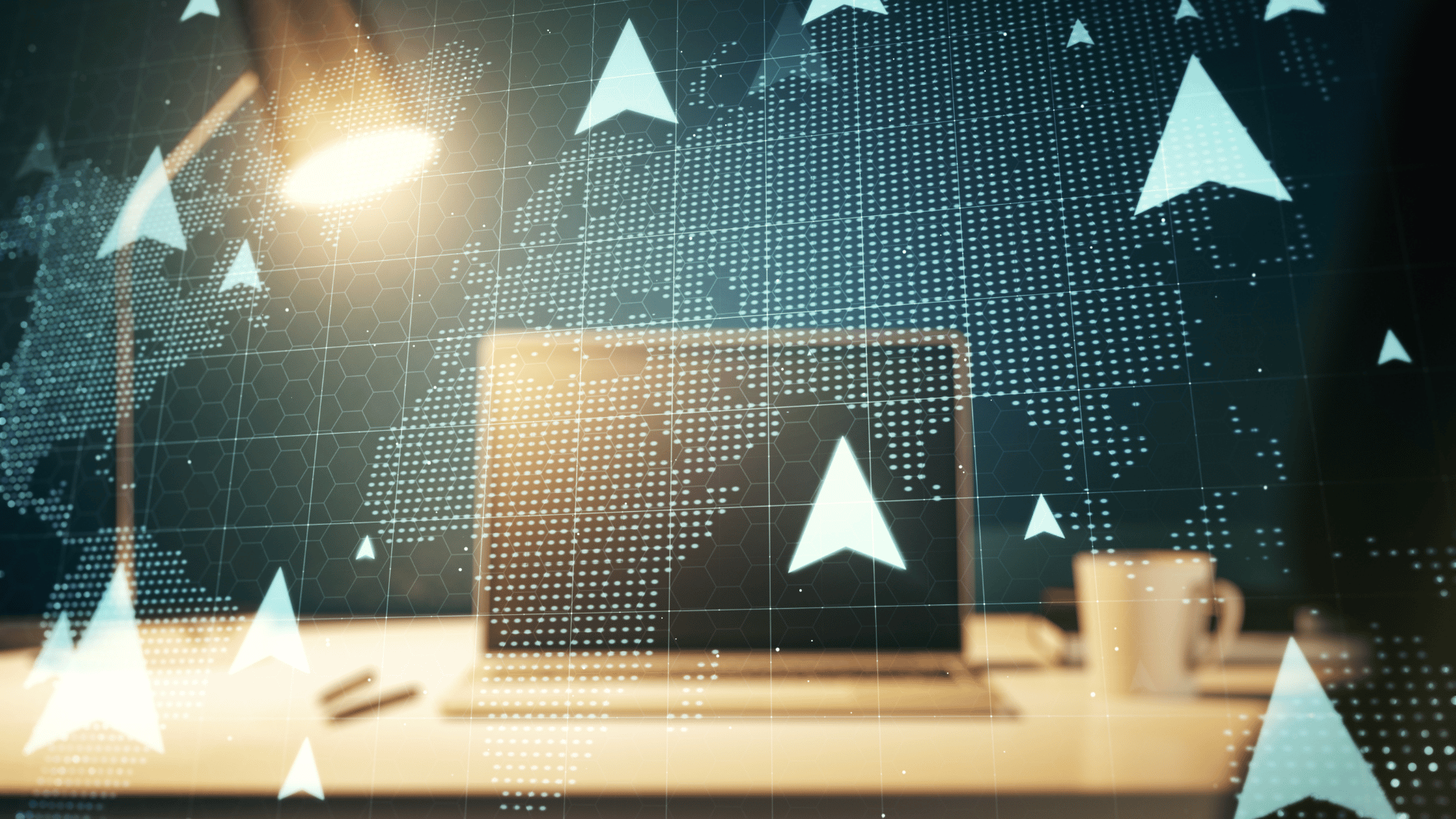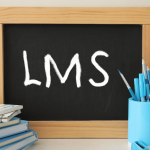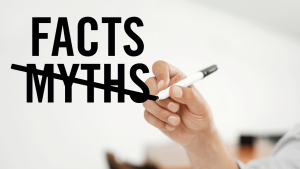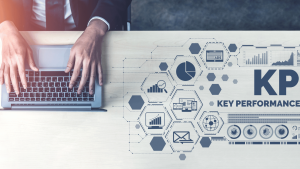The world of location-based technology is constantly evolving, with geolocation and geofencing being at the forefront of innovation. These concepts are not only transforming the way businesses operate but also enhancing user experiences in various applications. This article aims to demystify the differences between geolocation and geofencing, providing you with insights that can help you harness their power effectively, along with a focus on how Time Central’s Scheduling Software fits into the equation.
Geolocation vs Geofencing: The Key Distinctions
Geolocation: Pinpointing Precision
Geolocation is a technology that enables the identification of an individual’s or device’s geographical location using GPS, Wi-Fi, or cellular data. It focuses on pinpointing an exact location, typically represented by latitude and longitude coordinates.
Geolocation finds extensive application in mapping services, navigation apps, and location-based marketing. It allows businesses to deliver personalized content and services to users based on their real-time locations.
Geofencing: Virtual Boundaries
On the other hand, geofencing involves creating virtual boundaries or “geofences” around specific geographical areas. These geofences can be as small as a store or as large as an entire city. When a device enters or exits these predefined areas, it triggers predefined actions or notifications.
Geofencing is widely used for location-based notifications, such as sending promotional offers when a customer enters a store, or for enhancing security, like alerting authorities when an unauthorized entry is detected.
Combining Forces: Geolocation and Geofencing
While geolocation and geofencing serve different purposes, they can be complementary. Geolocation provides the precise location data, and geofencing defines the virtual boundaries where this data becomes actionable. For instance, a delivery app uses geolocation to track a driver’s exact location and geofencing to notify customers when the driver is nearby.
How Time Central’s Scheduling Software Enhances Location-Based Services
In the realm of location-based services, Time Central’s Scheduling Software plays a pivotal role. This innovative software streamlines scheduling, ensuring that resources are optimally allocated based on real-time geolocation data. Here’s how it helps:
- Efficient Resource Allocation: Time Central’s Scheduling Software uses geolocation data to allocate resources effectively. For example, in a delivery business, it can assign deliveries to drivers based on their current locations, optimizing delivery routes and reducing travel time.
- Real-Time Updates: The software provides real-time updates on the locations of field personnel or assets, enabling businesses to make quick decisions and adjustments.
- Geofencing Integration: Time Central’s software seamlessly integrates with geofencing, allowing businesses to set up virtual boundaries for specific tasks or locations. When an employee enters or exits a geofenced area, the system can trigger relevant actions or notifications.
- Enhanced Customer Service: By using geolocation data, businesses can provide accurate arrival times to customers, improving overall customer satisfaction.
The Applications of Geolocation
1. Navigation and Maps
Geolocation is the backbone of navigation apps like Google Maps and Waze. It helps users find the fastest routes, locate points of interest, and receive real-time traffic updates.
2. Location-Based Marketing
Businesses leverage geolocation to target potential customers with relevant ads and promotions when they are near their physical stores or in specific geographical areas.
3. Emergency Services
In critical situations, such as calling 911, geolocation ensures that emergency responders can quickly locate the caller and provide assistance.
4. Social Media Check-Ins
Popular social media platforms like Facebook and Instagram use geolocation to allow users to check in at various locations and share their experiences.
The Applications of Geofencing
1. Retail and Marketing
Retailers use geofencing to send push notifications to customers’ smartphones when they are in or near a store, enticing them with special offers and discounts.
2. Home Automation
Geofencing is integrated into smart home systems, allowing homeowners to automate tasks such as adjusting thermostats or turning on lights when they enter or leave their homes.
3. Fleet Management
Delivery companies employ geofencing to monitor their vehicle fleets, ensuring efficient routes and timely deliveries.
4. Security
Geofencing enhances security by sending alerts to authorities or homeowners when someone breaches predefined boundaries, such as a secure facility or a private property.
Conclusion
In the ever-expanding landscape of location-based technologies, understanding the distinctions between geolocation and geofencing is crucial. These technologies, while serving different purposes, have the potential to transform businesses, enhance user experiences, and improve security. By harnessing the power of geolocation and geofencing, you can stay ahead in today’s dynamic digital world, with Time Central’s Scheduling Software adding an extra layer of efficiency to your operations.
FAQs
Ques 1. What is the primary purpose of geolocation?
Ans 1. Geolocation primarily serves the purpose of determining an individual’s or device’s exact geographical coordinates in real-time.
Ques 2. How does geofencing differ from geolocation?
Ans 2. Geofencing defines virtual boundaries and triggers actions or notifications when a device enters or exits these boundaries, whereas geolocation provides precise location data.
Ques 3. Can geolocation and geofencing be used together?
Ans 3. Yes, geolocation and geofencing can be used in conjunction to enhance location-based services and applications.
Ques 4. What are some examples of geolocation applications?
Ans 4. Geolocation is widely used in navigation, location-based marketing, emergency services, and social media check-ins.
Ques 5. How is geofencing applied in retail?
Ans 5. In the retail industry, geofencing is used to send promotional offers and notifications to customers when they are near a physical store.
Ques 6. What role does geofencing play in home automation?
Ans 6. Geofencing in home automation enables homeowners to automate tasks like adjusting thermostats and turning on lights based on their presence or absence.






